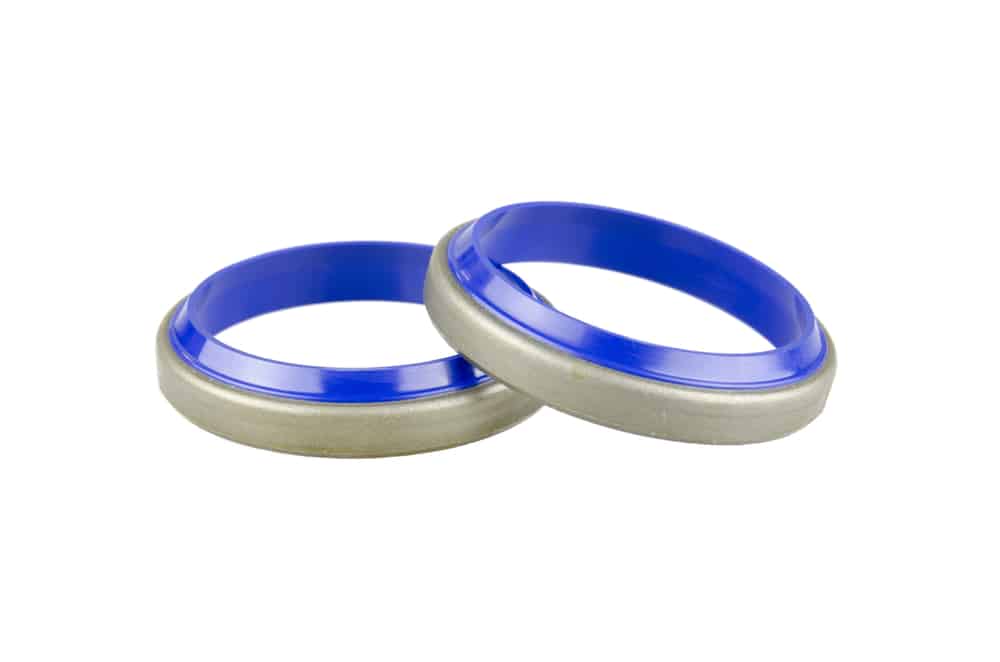The importance of seals in your hydraulic systems cannot be overstated. Seals contain your fluid, prevent contaminants from entering, and maintain maximum pressure between your components. While there are static seals for fixed components and dynamic seals for parts intended to move, both types of seals have the same jobs and can be negatively affected by the same problems.
Seals can harden with repeated exposure to high temperatures. Both high operating temperatures, as well as heat from friction, can cause seals to harden. As they harden, seals become less elastic, crack, and eventually fail.
Seal fractures can occur due to a variety of circumstances. A fractured seal can result from burns, cracks, or even a failure on the dynamic (motion-facing) side of a seal. Extreme backpressure is a frequent culprit causing fractures, but so are shocks and sudden spikes in pressure. Poor manufacturing processes can also lead to fractured seals. Other causes of seal fractures can include improper installation of seals, fluid contamination, and excessive wear due to poor maintenance or insufficient lubrication.
There is no substitute for professional installation, regular fluid maintenance, and an approved preventive maintenance plan to maintain the integrity of your hydraulic seals.
Texas Hydrostatics knows all the ins and outs of hydraulic system maintenance. If you are concerned about your seals, or any other component in your hydraulic systems, contact Texas Hydrostastics today.

